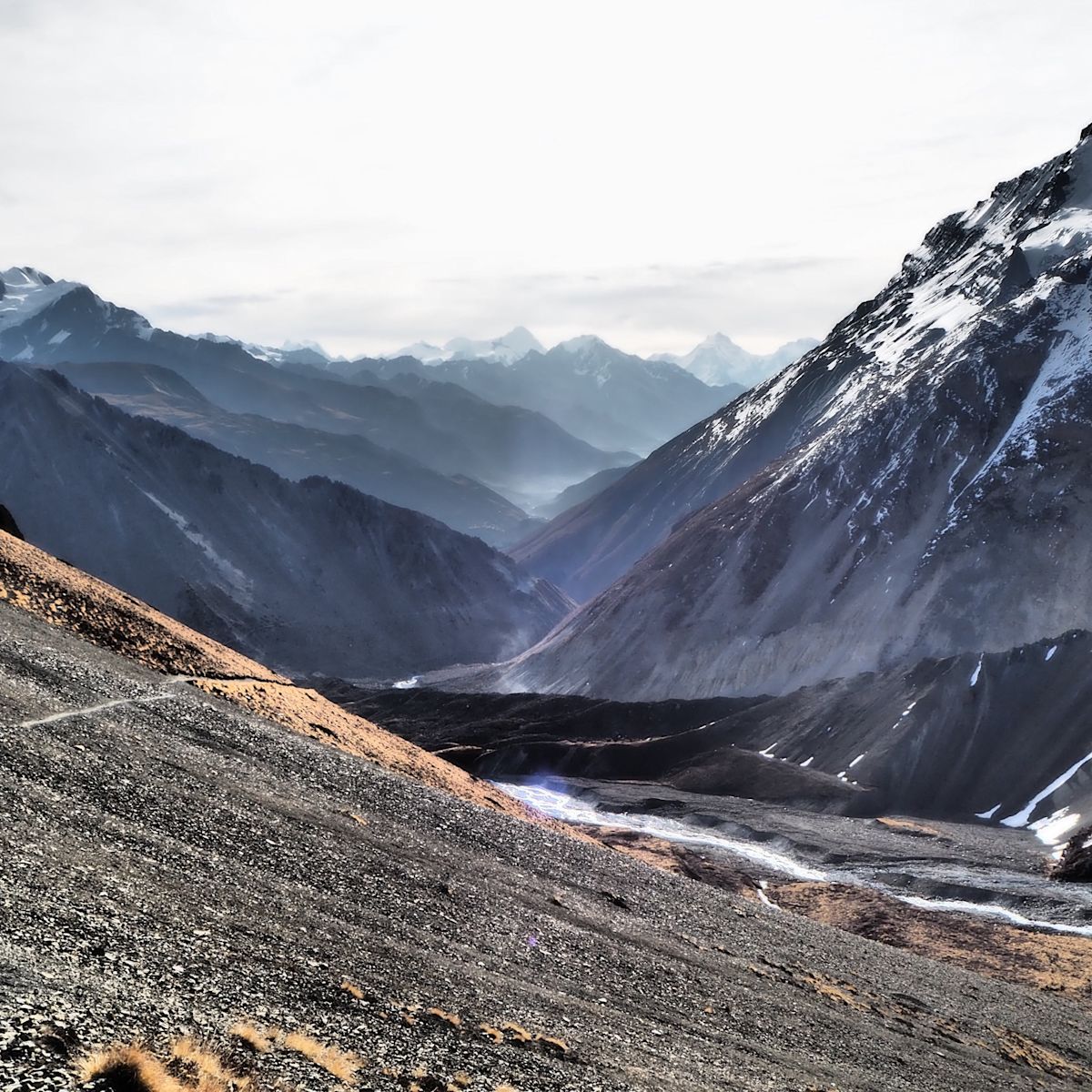
How much does it cost to trek the Annapurna Circuit cost?
The 13-day Annapurna Circuit trip offered by Follow Alice costs US$2,190. We explain what that price entails, and also break down the other things you need to budget for to plan this amazing, once-in-a-lifetime adventure!
The trek package fee (which is US$2,190) Your international flights
Planning an Annapurna Circuit trek with an experienced travel operator like us makes your life heaps easier.
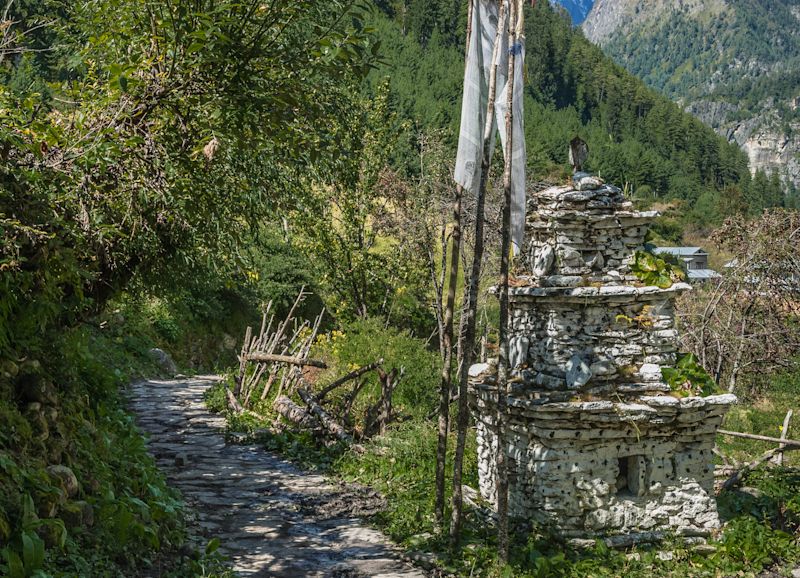
Vibrant, intense and all-consuming best describe Nepal, and this trip in general. It was a proper adventure, the type where you pinch yourself afterwards and think: wow, I did that!
What’s included in the Follow Alice fee?
An experienced, English-speaking trek guide and assistant guide as well as a porter A -20°C sleeping bag for use on the trek All transport from the moment you step foot in Nepal All accommodation while in Nepal, based on double occupancy Almost all meals, as described below Annapurna Conservation Area Permit Trekker’s Information Management System Permit Group medical supplies
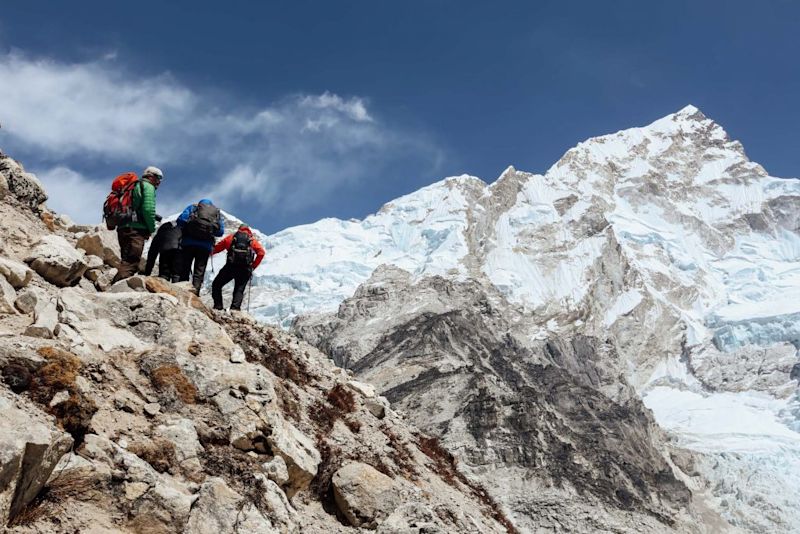
1. Trek guide, assistant guide and porter
On numerous occasions the Annapurna Circuit trek has been voted the best trek in the world!
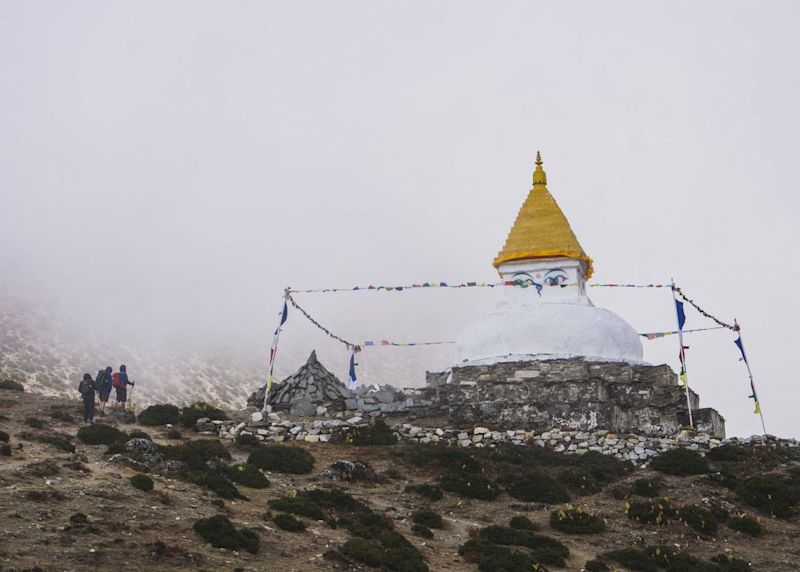
Safety is of utmost importance
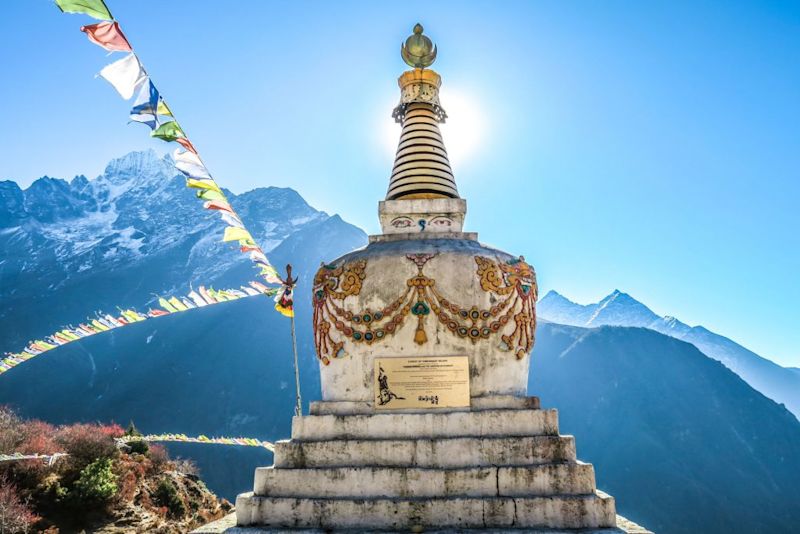
2. Use of a -20°C sleeping bag
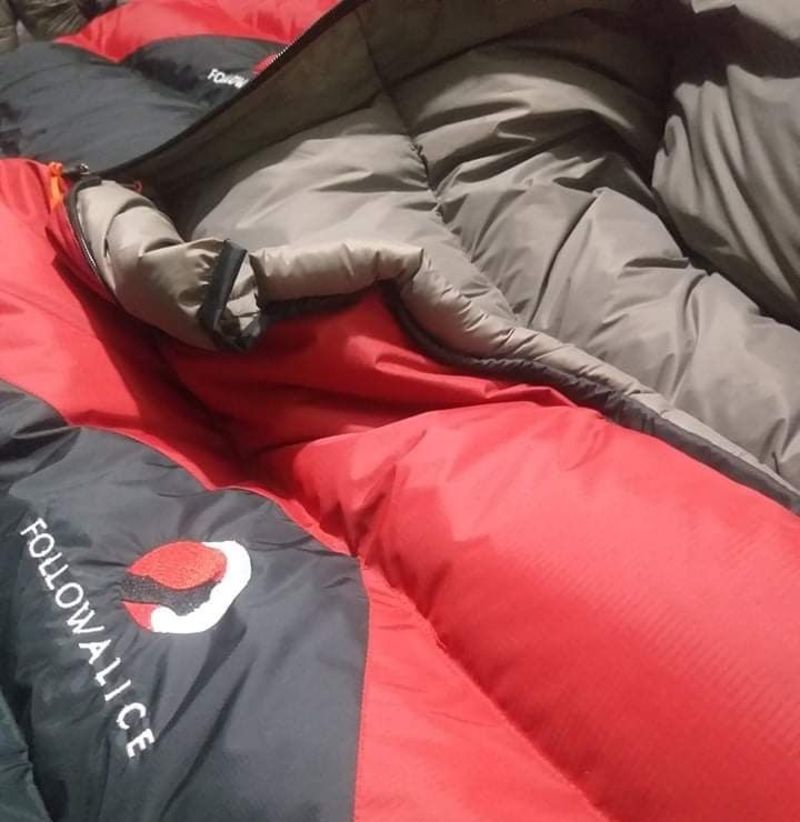
3. All transport
Flight from Jomsom to Pokhara

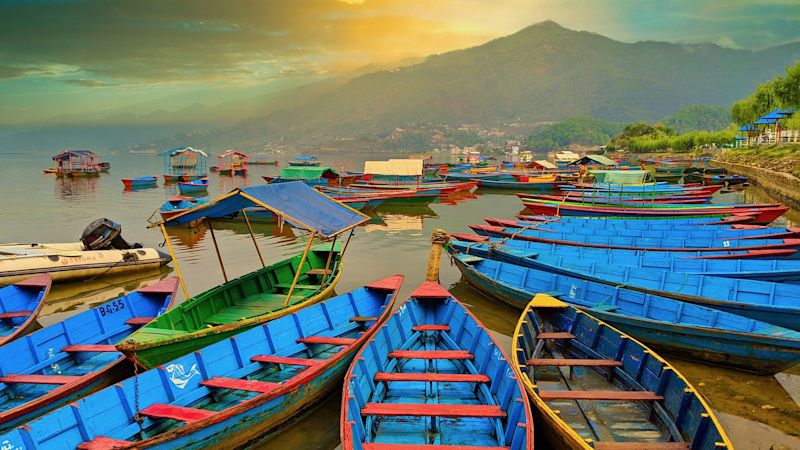
This trip definitely exceeded expectations; hiking 200 km around the Annapurna ranges was an experience I'll never forget. The guides, porters, food and accommodation were all amazing.
3. All accommodation
Day 1: Kathmandu, hotel

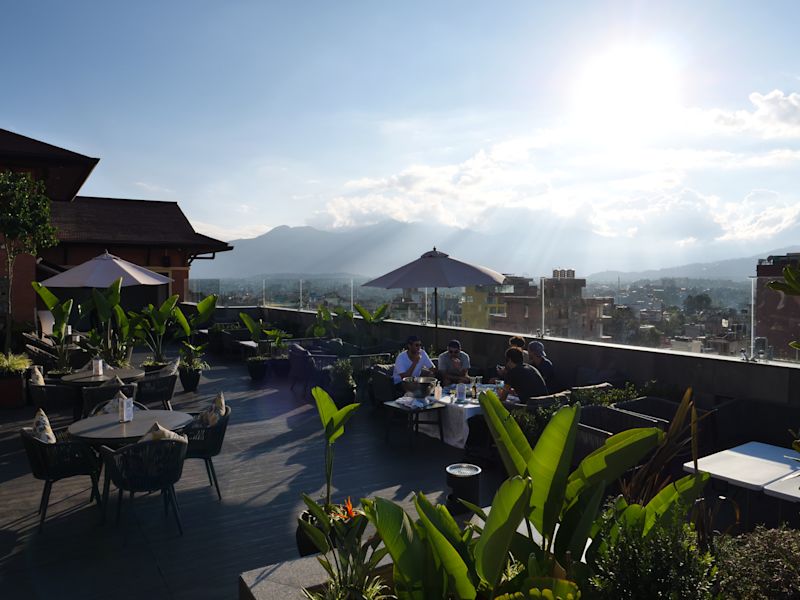
Day 2: Jagat, teahouse
Day 3: Upper Pisang, teahouse
Day 4: Manang, teahouse
Day 5: Manang, teahouse
Day 6: Manang, teahouse
Day 7: Yak Kharka, teahouse
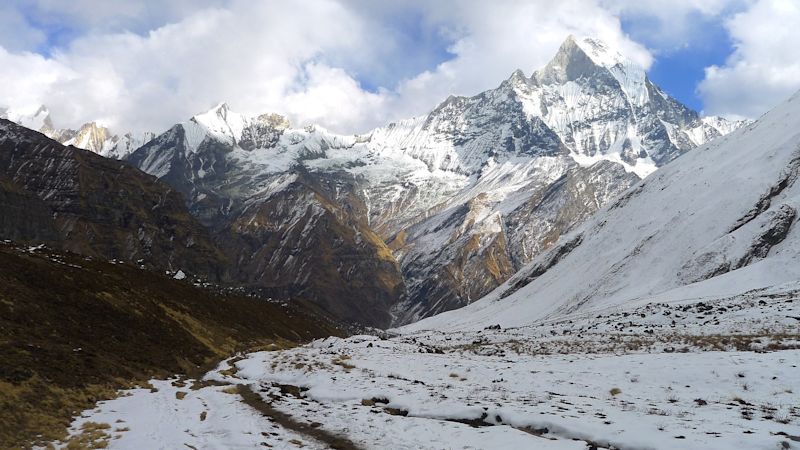
Day 8: Thorung Phedi, teahouse
Day 9: Ranipauwa, teahouse
Day 10: Jomsom, teahouse
Day 11: Pokhara, resort

Day 12: Kathmandu, hotel
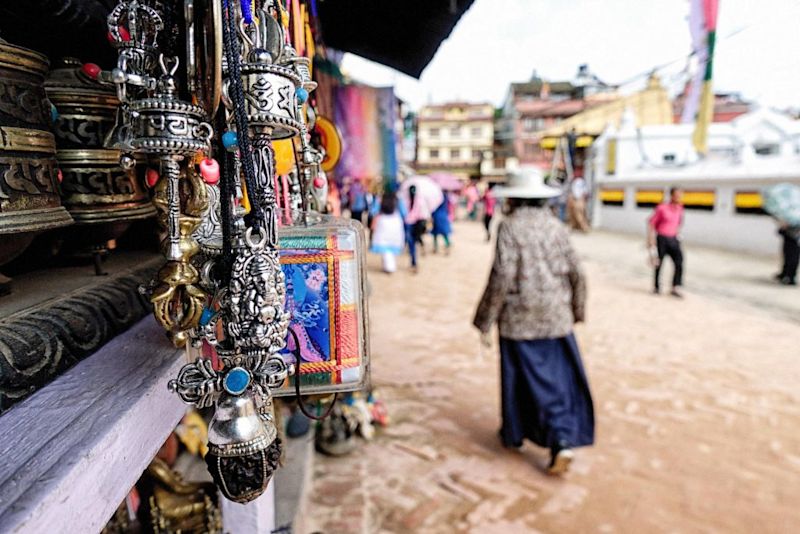
Day 13: Departure
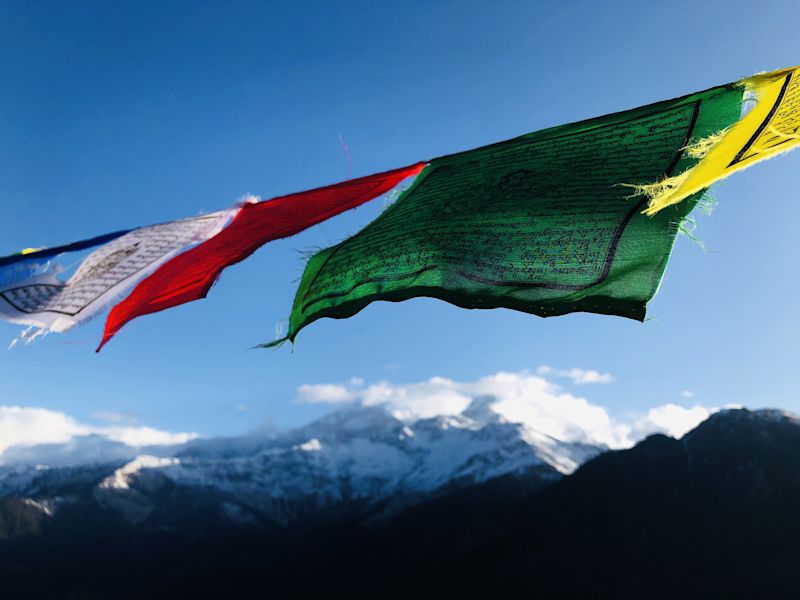
Teahouses
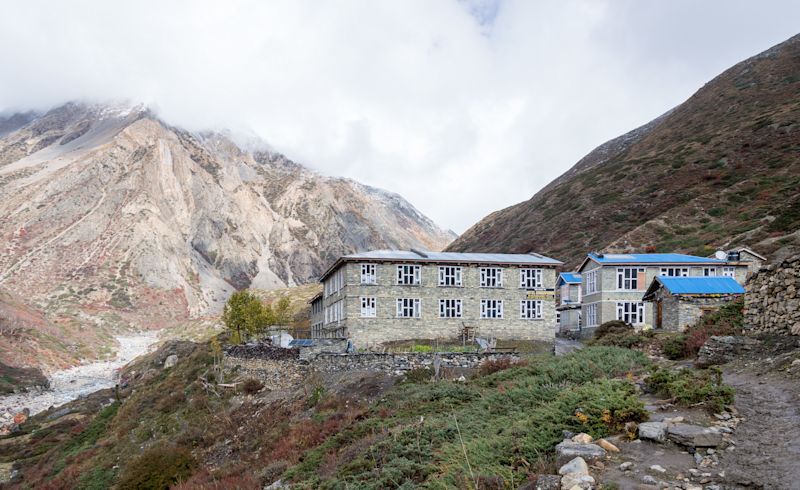
5. Almost all meals
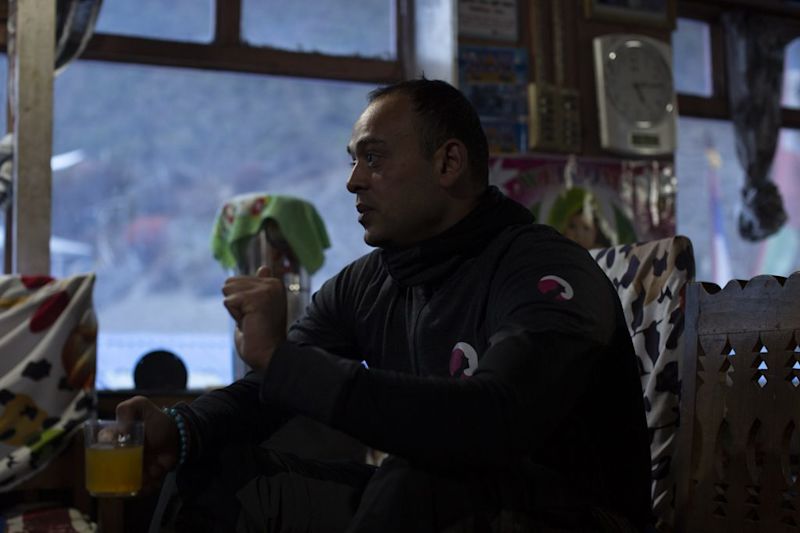
Dal bhat
You can expect a good deal of dal bhat along the trek.
Rough meal costs
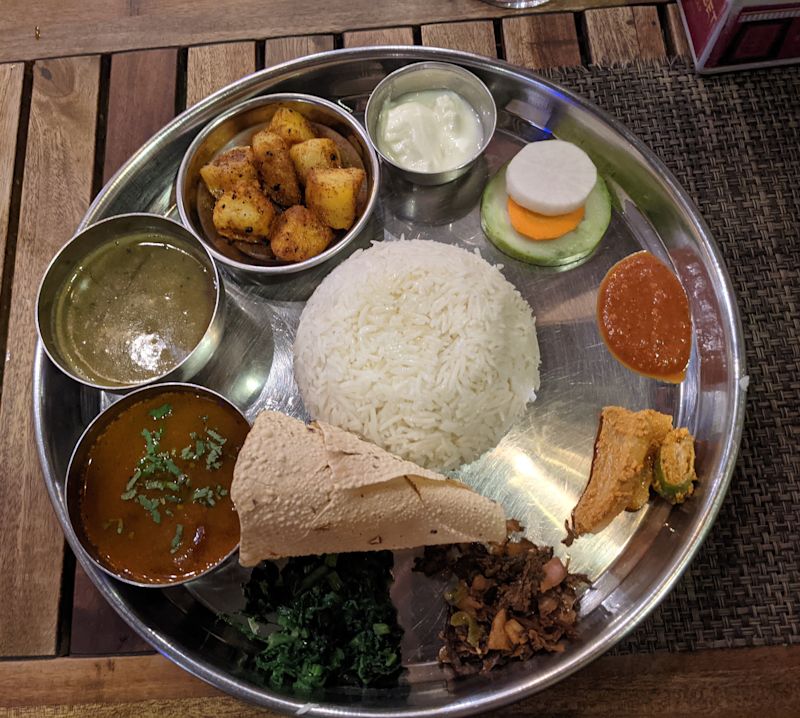
6. Annapurna Conservation Area Permit
As I have always dreamed to be in the area surrounded with beautiful scenery, this was fulfilled when I achieved the Annapurna Circuit.
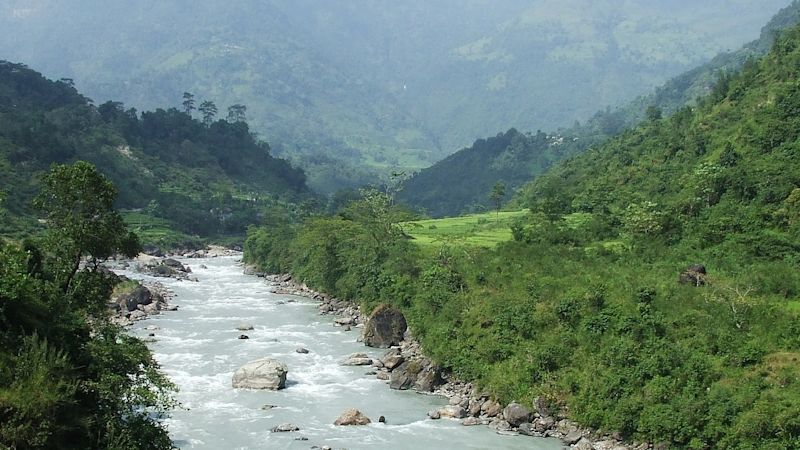
7. TIMS Permit
8. Group medical supplies
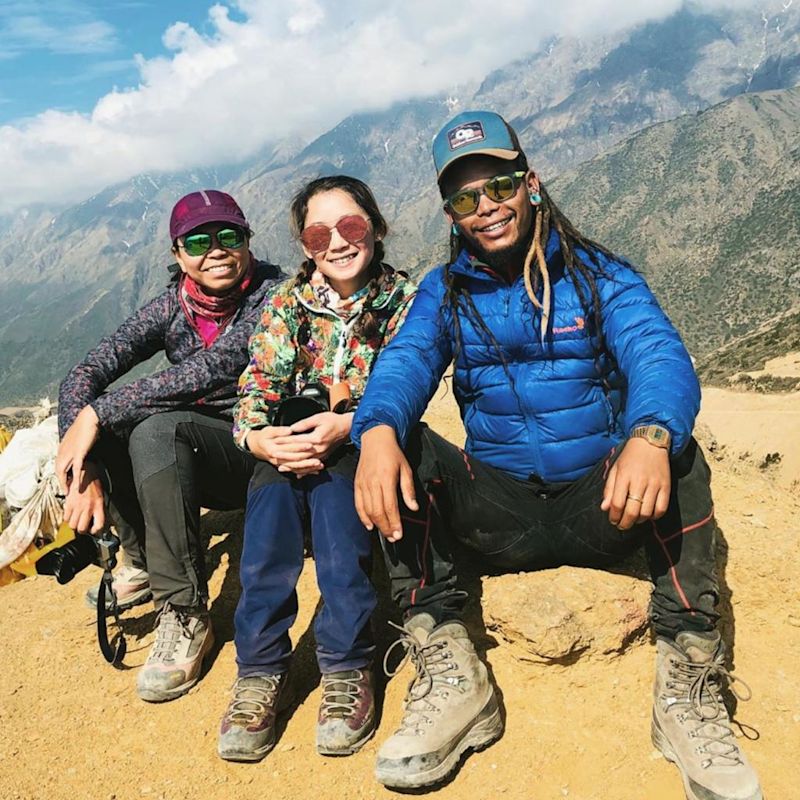
What's not included in the Follow Alice fee?
Trekking equipment and clothing Nepali visa Traveller's insurance Local SIM card and data Tips Spending cash
1. Trekking equipment and clothing

There’s a fair amount of equipment required to safely and successfully complete the Annapurna Circuit.
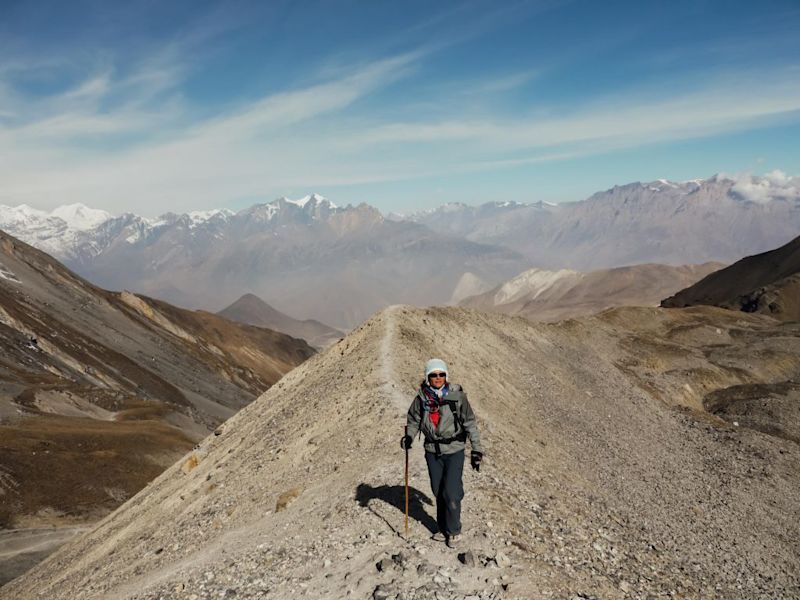
2. Nepal visa
A 15-day tourist visa for Nepal costs US$30 (or €27).
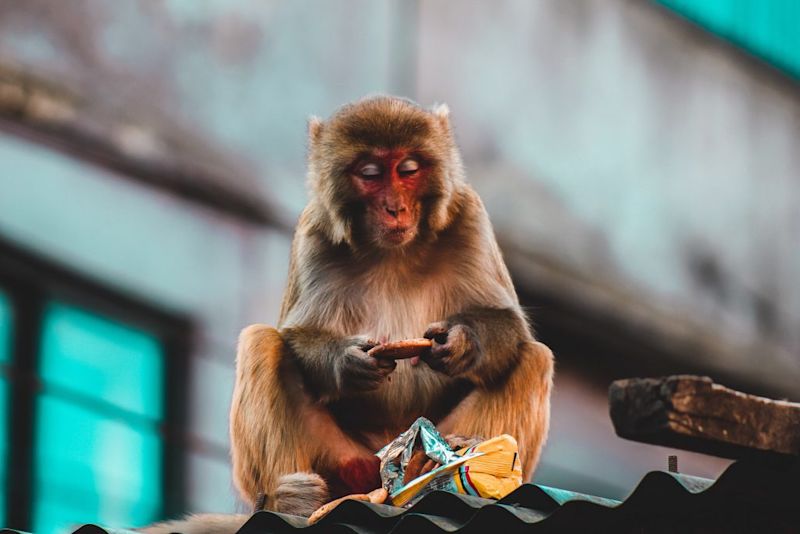
3. Traveller's insurance
delayed, cancelled or interrupted travel medical insurance lost or damaged luggage
Delayed, cancelled or interrupted travel
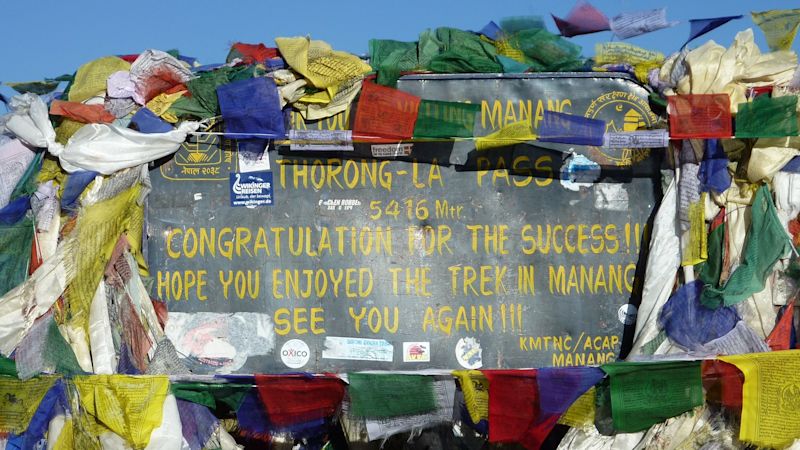
Medical insurance
Nepal and the Annapurna Circuit in particular are like no other place in the world. This is truly a once-in-a-lifetime experience that is not to be missed.
Lost or damaged luggage
Credit card insurance
4. Local SIM card and data
In Nepal it’s cheaper to buy a local SIM card than use international roaming.
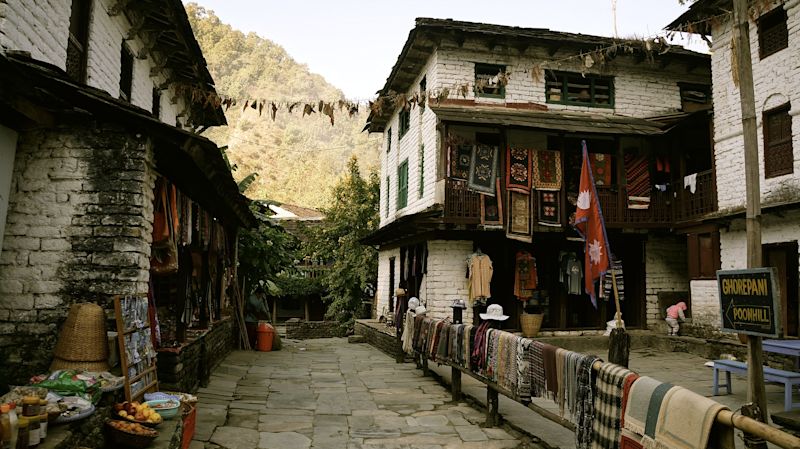
5. Tips
For groups of five or more
US$10 per porter US$15 per assistant guide US$20 per guide
Tipping etiquette
6. Spending cash
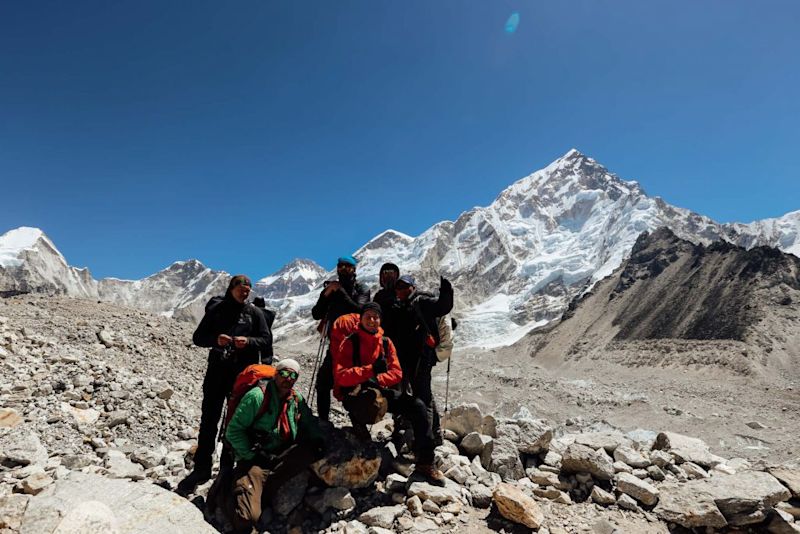
Foreign exchange
ATMs
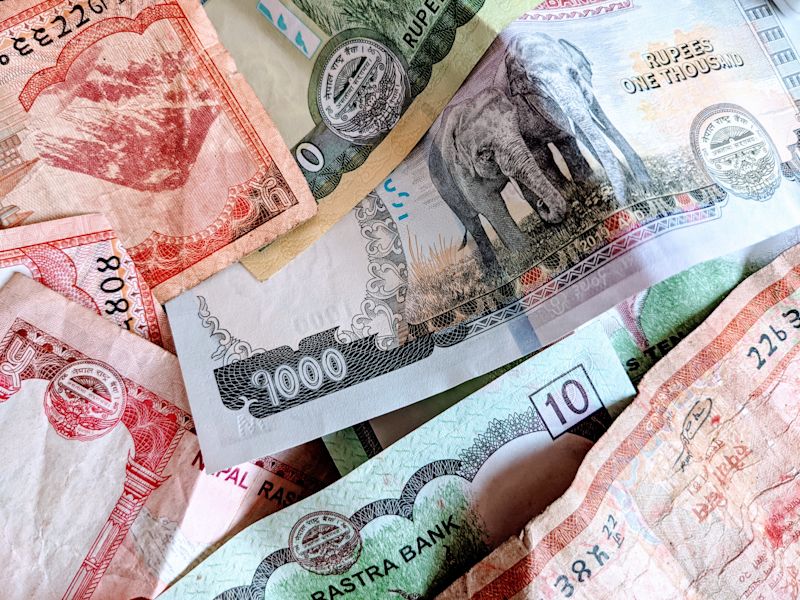
Cash
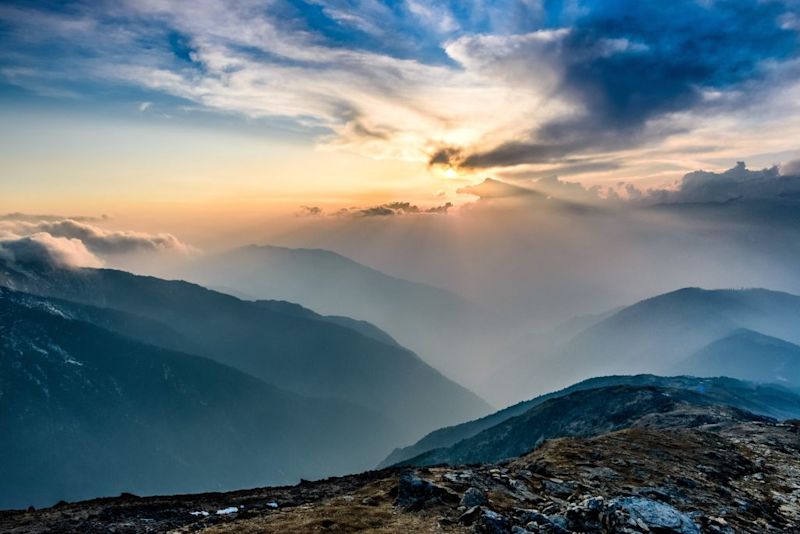
The Annapurna Circuit was a physically challenging but incredibly rewarding and wonderful experience. Jaw-dropping scenery of the Himalayas, delicious dal bhat , the kindness and openness of the people and culture, incredible staff and a fun group of people made this a trip I’ll never forget.